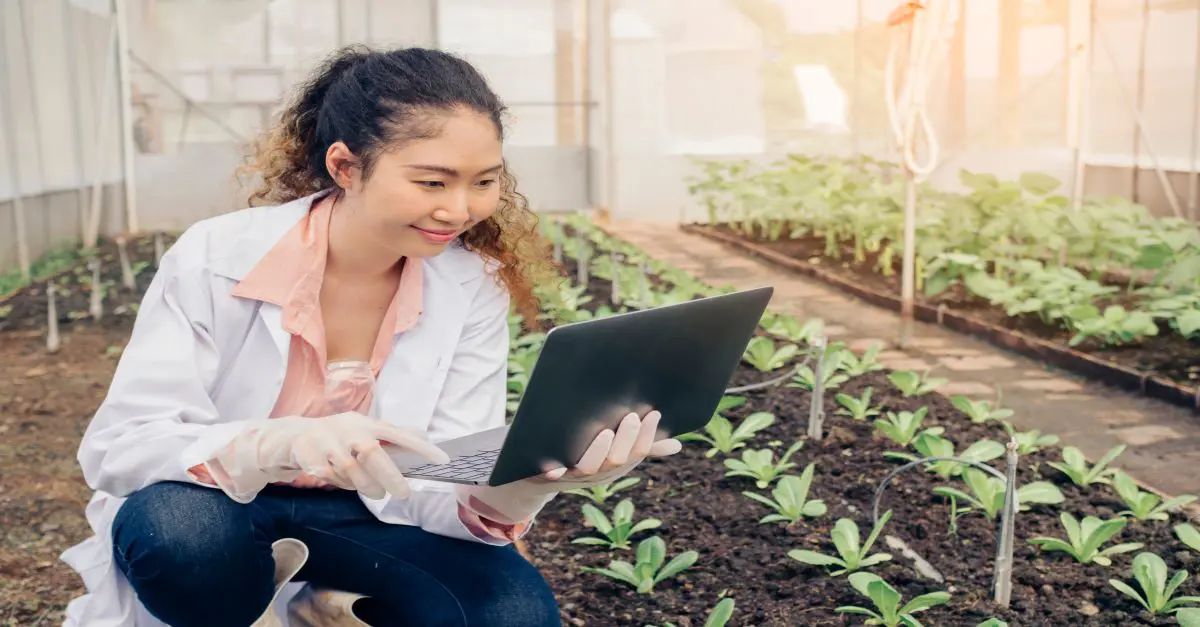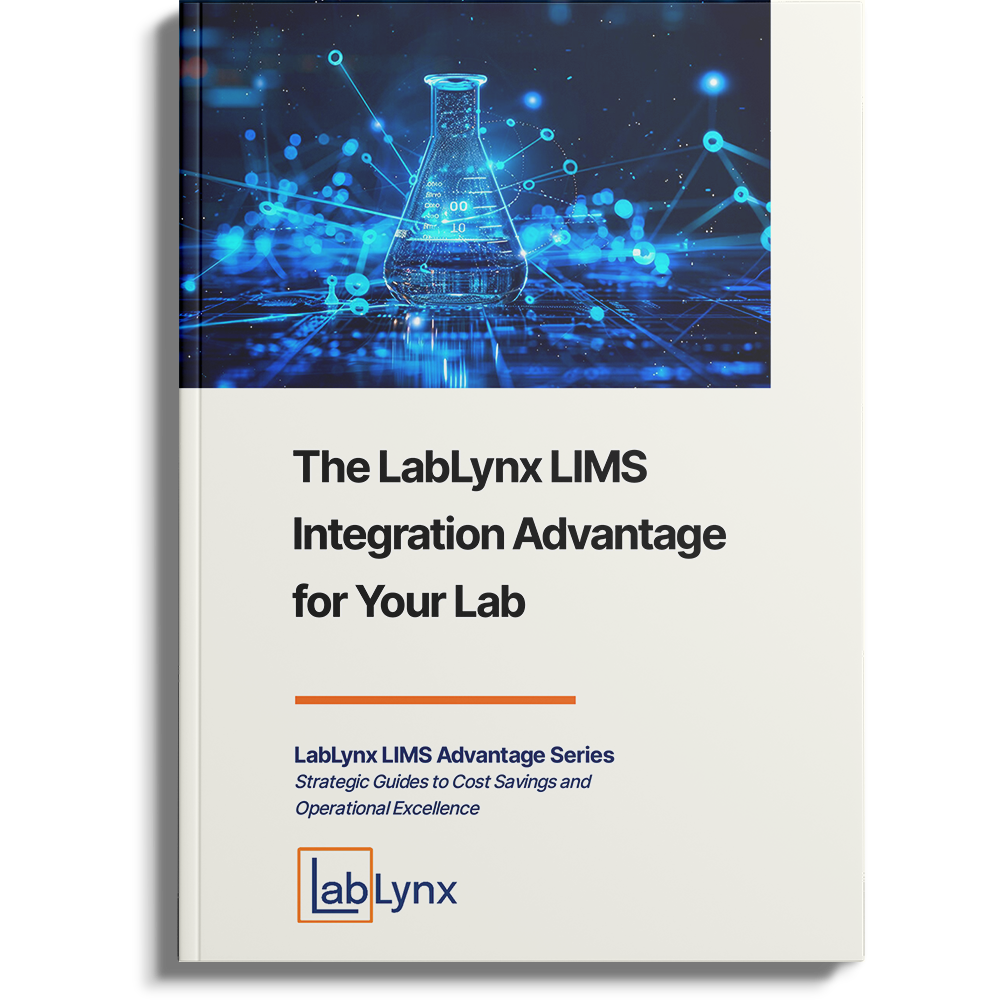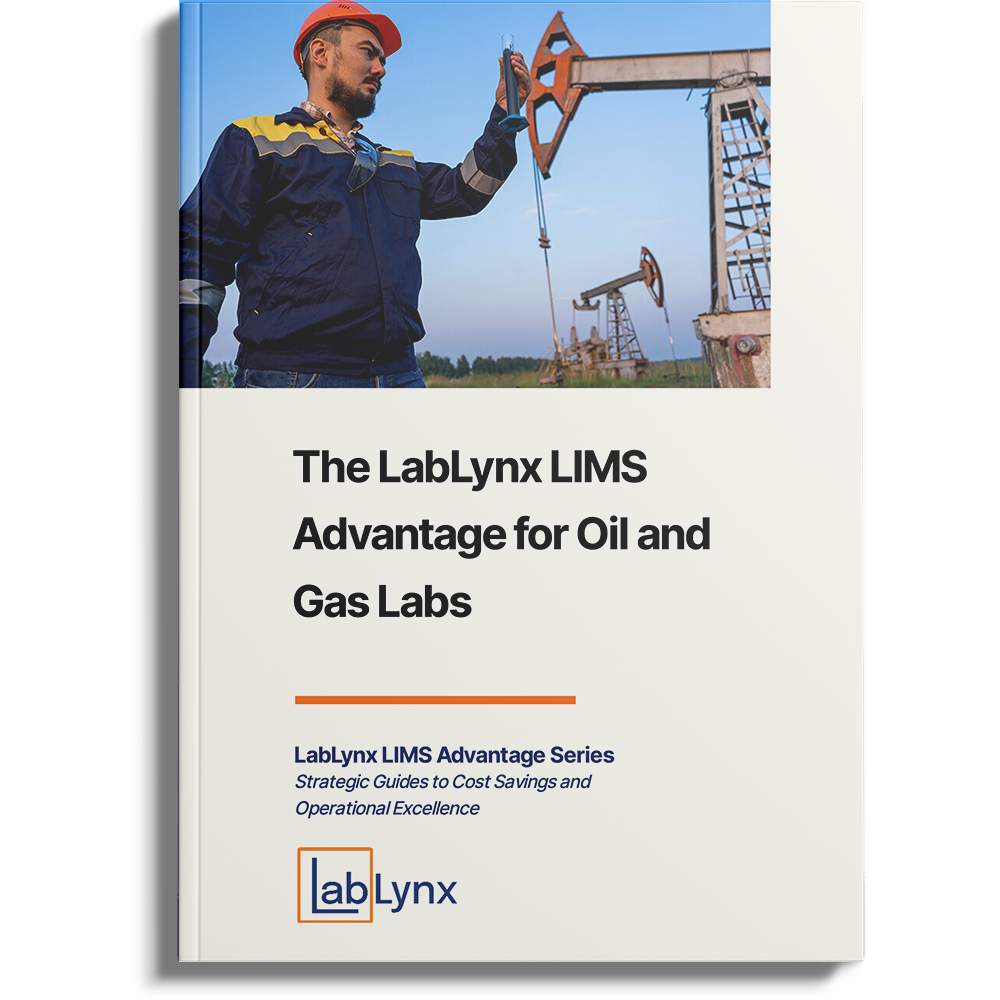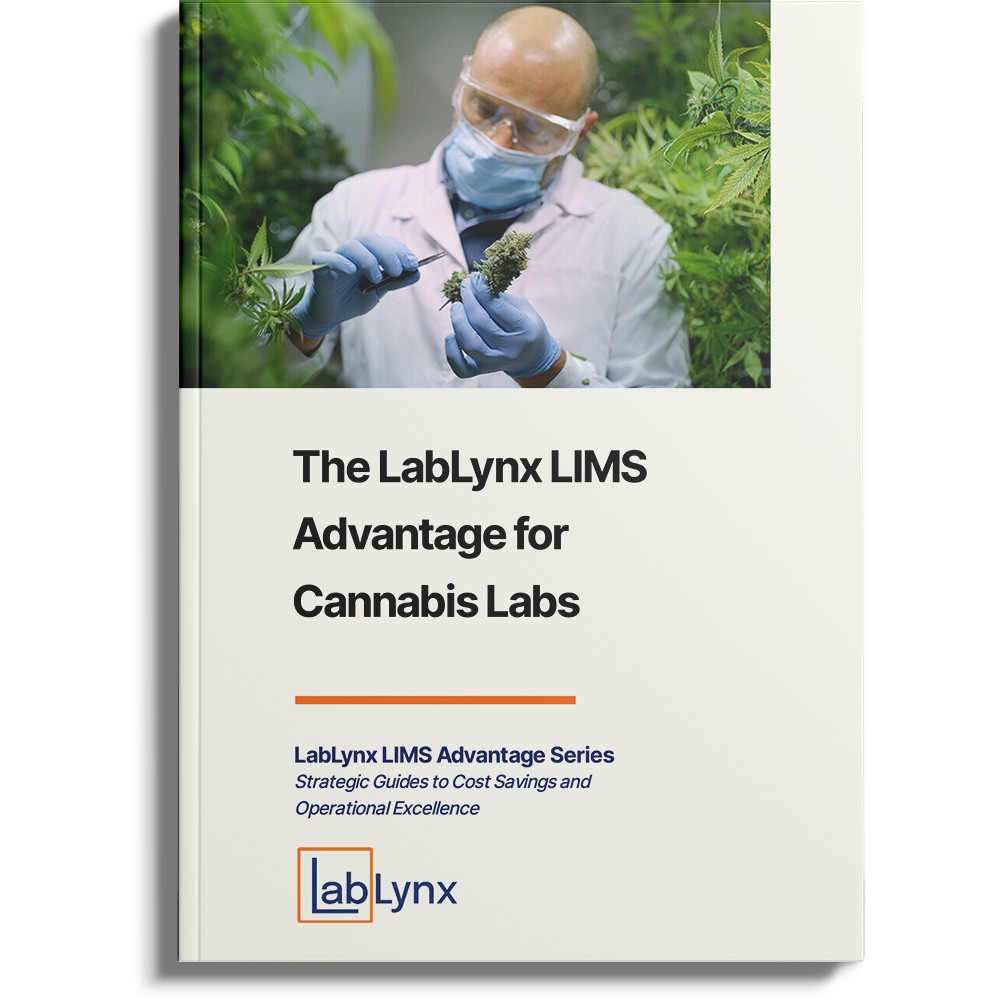
If you have cereal in the morning, the nutritional labeling you’re bound to see on the side of the box is due to the efforts of the US Department of Agriculture (USDA) and the Food and Drug Administration (FDA). This is just one example of inter-agency cooperation.
The USDA is made up of 29 agencies and offices with nearly 100,000 employees who serve the American people at more than 4,500 locations across the country and abroad.1 It is one of the more diverse agencies in the US government. Looking at it is a lot like the story of the blind man and the elephant2: your perspective depends on the specifics of what you are looking at, depending on taking a step back to see the entire picture.
Most obviously, the USDA’s work involves food production and farming, which examines the impact of weather forecasting, crop production modeling, food safety, nutrition, and childhood obesity. By extension, they also examine seed development and how it’s affected by disease and drought, as well as the impact of genetically modified organisms on food production (e.g., examining varieties of corn and wheat that can incorporate genetic modifications to increase crop yield and resist diseases). Similarly, pest control (including chemical treatments and the detection/elimination of invasive plant and animal species), plant growth management, farming techniques, fertilizer development, irrigation techniques, and water pollution from fertilizer run-off are examined.
As automation continues to work its way into agriculture, the USDA also examines the role of robotics in the field. Large farms are using robotic farm equipment for much of the work that had been done by people; for example, turning to driving GPS-equipped computer-controlled tractors to spread seed and fertilizer, as well as harvest crops. In addition, robotic devices are being used behind tractors to kill weeds at a rate of 200,000 weeds per hour.3
Other topics and areas of work encompassed by the USDA include:
- Fuel usage and development, (e.g., biofuels);
- Energy production and management;
- Conservation;
- Animal husbandry for food, recreation, and sports;
- Soil and nutrient testing;
- Wine production;
- Veterinary sciences;
- New crop research;
- Climate change;
- Environmental management;
- The education of the next generation of farmers;
- Impact of chemical use (e.g., pesticide, fertilizer, ) use on human health; and
- Global food supply and security, and their impact on national security and defense.
From this, you should see that there is cross-over work with the environmental industry (through the Environmental Protection Agency or EPA), food and drug development (through the FDA), sports (e.g., horse racing), weather forecasting, national security, and human/animal health. Computing and information technology also have a significant role to play from guiding tractors around fields, advising farmers on what crops to plant given forecasted weather conditions and consumer demand, managing communications, and maintaining records and data. Our interests in this article are going to focus on computing and information technology in the realm of agriculture research and laboratory testing.
Laboratory accreditation
Before we jump into the specifics of agricultural research and service lab work, we should address something that is common to both: data quality and the integrity of laboratory work. This is important because of the nature of laboratories that participate in agricultural work. They can include government labs, academic institutions, and a wide range of private laboratories and commercial corporations ranging in size from a few people to those with a large corporate footprint. Some may carry out routine soil and water testing, others large research programs.
Organizations such as the FDA and EPA have published formal guidelines such as good laboratory practices (GLP) and good manufacturing practices (GMP) applicable to these labs (GMPs also cover lab operations in manufacturing/production facilities). Rather than publishing similar guidelines, the Dept. of Agriculture has relied on programs for laboratory accreditation which requires a laboratory organization to submit a formal request for accreditation detailing how it conducts its work. The application is evaluated, the lab visited and inspected, and accreditation is either granted or reasons given for corrective action to remedy deficiencies. (For more details please visit the USDA Agricultural Marketing Services site4 and review the laboratory approval and accreditation programs.)
The need to meet the requirements of accreditation programs has an impact on the technologies used in laboratory work. A small lab might be able to meet the requirements initially using paper-based systems (e.g., laboratory notebooks) and move to spreadsheets, but eventually, the amount of effort required to manage laboratory data and administrative work is going to make that too cumbersome for practical purposes. Laboratory informatics technologies will become the standard tools for research and service lab operations.
Research Informatics
Agricultural research shares similarities with environmental, oceanographic, and atmospheric sciences: some work can be done in a classical laboratory environment, but the results have to be applied in the world outside the lab to have any practical value. The “lab” isn’t just the bench top, it’s the entire world. Researchers need tools that will not only assist them in the traditional lab/office setting, but also that will also enable them to work in the field.
Lab bench research
Agricultural research work performed at the “lab bench” is characterized by a reliance on laboratory instrumentation. Those instruments, combined with computer systems that may be an integral part of the instrument package or an external computer, generate data and information that has to be collected, managed, and put to use. There are four tiers of laboratory informatics that can be used in that process. The informatics systems among those tiers (Table 1) include electronic laboratory notebooks (ELNs), laboratory information management systems (LIMS), scientific data management systems (SDMS), laboratory execution systems (LES), and instrument data systems (IDS).
| Tier | Technology | Usage |
| 1 | ELN and LIMS | These are top-tier systems used to organize data/information. They can serve as information aggregators, organizing experimental results and observations. In research work, LIMS systems are subordinate to ELNs and are used to manage routine test workflows with the results of a series of tests summarized in the ELN. |
| 2 | SDMS and LES | SDMS and LES are support systems for ELNs and LIMS. An SDMS will organize and store data, files, and documents that don’t fit in the structure of a LIMS or ELN. LES provides a means of rigorously executing a laboratory procedure with all data and information about that procedure being sent to the LIMS or ELN. LES’s are primarily used in regulated environments (e.g., FDA and EPA) or where strict adherence to a procedure has to be documented. |
| 3 | IDS | Instrument data systems (IDS) are a combination of instruments and computer systems. Common examples are chromatographic data systems (CDS) connected to one or more chromatographs. In addition, mass spectrometers, and almost any other major instrument category have similar capabilities. |
| 4 | Measurement devices (e.g. pH meter, balance) | At the lowest tier are devices like pH meters, balances, and other devices that have no internal permanent data storage associated with them and have to be programmed to be used with upper-tier systems. They can have their measurements transferred electronically under program control. They can also be used in a manual mode with data entered manually into a LIMS, ELN or LES, but in regulated labs, the input has to be verified by a second individual. |
Table 1: A tiered structure for laboratory informatics and measurement device technologies
Most lab bench research will be done using an ELN. That software will contain a project’s description, each day’s observations (with review and witness sign-off), and plans for the continuation of the project or adjustments depending on the lab’s findings. ELNs will have access to external databases and the ability to bring in images, drawings, charts, and instrument output as needed. If the research program requires a large volume of testing, a LIMS may be used to manage that workflow with either the final results being sent to the ELN, or the ELN referencing the LIMS. (Further details of a LIMS will be discussed below in the section on service lab work.)
If a project is the combined work of several researchers, the ELN can be set up for both private and project-wide access to facilitate sharing results, while keeping work-in-progress results private until they are ready for release. The ability of multiple researchers to have access to project data and reports may be an important aspect of supporting researchers in the field.
Field research
Ultimately much of the research performed by the USDA and commercial agricultural companies needs to be applied in the field. The development of new grains has to be tested under field conditions, as does work with new fertilizers and means of pest remediation. New methods of farming and irrigation, improvements in animal husbandry, and so on have to be applied where production takes place. That puts some requirements on research informatics. Systems need to be accessible where the work is done so that observations, photographic images, maps, and notes can be entered where the researcher is working rather then waiting until they return to an office. This would also help researchers in the lab better understand the impact of their results. The same holds true for sample gathering and entry into a test request system that might be part of an ELN or LIMS.
Imagine you’re a field researcher working on a new crop, maybe a modification of corn or wheat. How much more effective would it be to photograph a head of wheat or ear of corn, take a sample and log it into a LIMS or ELN, and upload images and observations immediately rather than waiting to return to the office? Preliminary evaluations could be done while you are still on-site and if there were questions or if people needed additional samples, that could be organized while still on-site instead of making a return visit.
Sample processing: Service lab operations
Our opening description of USDA activities had a number of places where sample testing was an important part of the work in government, academic, and private laboratories that support research, farming activities, and homeowners trying to maintain their gardens. That testing can be extensive as can be the record-keeping and management of testing programs. Fortunately, such work can be done more easily with the aid of a LIMS.
LIMS has three functions that help support laboratory testing:
- Workflow management – What work is coming in? What has to be done? What are the priorities? What results have to be approved and released? These are routine questions that occur in any production operation and testing labs are a prime example. These and related questions to lab operations are addressed by a LIMS. As part of its operations management samples can be logged in at the lab or remotely (and then identified as “in the lab” when they arrive). This makes it easier to keep track of work that is coming in and plan each day’s testing
- Results management and data logging/capture – LIMS provides a complete database for capturing and organizing samples and test Results can be entered manually, or for more efficiency via electronic data/information transfer from instruments and IDSs. Most major IDS’s have programming interfaces that permit downloading of work that has to be done through the IDS, and then upon completion permit sending the sample ID’s and results back to the LIMS. This avoids manual data entry, greatly improves productivity, and provides a basis for 24/7 operations.
- Regulatory support – This is an important aspect of a LIMS It provides traceability for data; if results are challenged, the lab can respond to it by looking at the data history (including audit trails), who carried out the analysis, and who approved the results. We can also see what equipment was used and verify its readiness for use. This becomes important when labs have multiple responsibilities, for example to the USDA and the EPA. It also helps provide a factual basis for maintaining its accreditation.
As noted earlier, the LIMS can support remote sample logins from the field and have sample information updated when the samples arrive in the lab to be processed. As we’ve noted, this can benefit agriculture researchers in the field, as well as key customers with large volumes of samples. They can remotely log the samples in and send them to the lab for processing. This reduces the administrative workload in the lab and in return, the lab can give the customer a price break on processing. This can be further enhanced by providing the customer with standardized sample containers and labels that are designed to be used in automated equipment for sample preparation and processing. The initial steps of sample handling are avoided and can considerably improve sample processing throughput.
In closing…
In both agricultural research and service lab work, many areas of research and testing are addressed. As the nature of this work continues to expand and become more complicated, laboratory informatics solutions become more important. Proper planning for laboratory informatics within the lab can reduce the workload on lab personnel, improving productivity and the overall effectiveness of research and testing programs. Careful consideration of elements such as the use of cloud-based informatics solutions and automation, from the customer’s sample handling to the end result – can further speed the agricultural research process and improve customer relationships. Finally, laboratory informatics can improve the agricultural lab’s ability to maintain regulatory and accreditation compliance, as well as disseminate important discoveries more effectively.
Footnotes
1 https://www.usda.gov/our-agency/about-usda
2https://en.m.wikisource.org/wiki/The_poems_of_John_Godfrey_Saxe/The_Blind_Men_and_the_Elephant
3 https://interestingengineering.com/innovation/farming-robot-lasers-200000-weeds-per hour
4 https://www.ams.usda.gov/services/lab-testing/lab-approval




